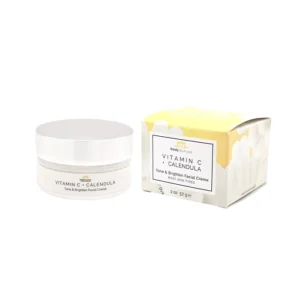
orthopedic blade
Veterinary orthopedic surgery demands a high degree of accuracy and control. Whether stabilizing a fracture or performing a joint reconstruction, the quality of each bone cut can significantly impact the surgical outcome and the animal’s recovery. At the center of this precision is a critical instrument: the orthopedic saw blade. Specifically designed for cutting through bone during open procedures, these blades help ensure safe, clean cuts while minimizing trauma to surrounding tissue.
Why Blade Quality Matters in Veterinary Orthopedics
Bones vary widely in size, density, and structure depending on the species, breed, and age of the animal. To accommodate this variability, veterinary surgeons require blades that are sharp, durable, and engineered to handle dense bone with minimal effort. A high-quality orthopedic blade makes clean, controlled cuts that reduce the risk of bone splintering and excessive bleeding. This precision not only improves the fit and placement of implants or fixation devices but also supports a more predictable surgical outcome.
Applications in Open Orthopedic Procedures
Orthopedic saw blades are used extensively in traditional open surgeries, where direct access to the bone is necessary. Procedures such as Tibial Plateau Leveling Osteotomy (TPLO), femoral head ostectomy (FHO), and complex fracture repairs all rely on robust, reliable blades capable of cutting with speed and precision. These blades, often used in conjunction with powered surgical systems, enable the surgeon to make accurate cuts while preserving overall bone structure and minimizing soft tissue disruption.
Importance of Tool Compatibility and Sterilization
Choosing the right blade goes beyond sharpness—it’s also about compatibility. Blades must be correctly matched with their respective powered surgical handpieces to ensure smooth operation and reduce the risk of equipment malfunction. Using an incompatible blade can compromise the precision of the cut or even lead to instrument failure, causing unnecessary delays or complications during surgery.
Because many orthopedic blades are reusable, proper sterilization is essential. These tools must withstand repeated cleaning cycles without degrading in performance or structural integrity. Maintaining blade sharpness and material quality through consistent sterilization practices helps ensure surgical safety and efficiency.
Conclusion
In open veterinary orthopedic procedures, the precision of each cut is foundational to surgical success. Orthopedic saw blades, when carefully selected and properly maintained, give veterinary surgeons the control and confidence needed to perform complex surgeries. Investing in high-quality instruments not only supports better surgical outcomes but also enhances the overall standard of care. From fracture stabilization to corrective osteotomies, the performance of the orthopedic blade plays a vital role in every step of the procedure.




